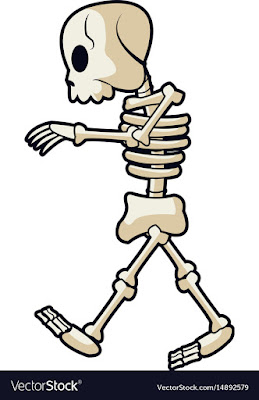At the start of January, we started learning about the weather with 2A and 2B. We used lots of kinaesthetic learning approaches by getting the students to move and make actions for each type of weather whilst calling it out. he students have learnt different types of weather like 'freezing', 'sunny', 'windy', 'rainy', 'foggy' and 'cloudy' along with actions.
We watched a video about weather and they sang along to a song to help them remember the different types of weather. We did a guessing game where one student came to the front of the class and the others had to guess what weather they were acting out. Everyone was participating and putting their hands up to guess the weather. We also asked them questions about what they wear in different seasons for some good independent thinking! They seem to love this topic.
The Water Cycle
The students learned all the parts of the water cycle and performed different parts in groups with lots of big actions. They really loved the action involved and remembered all the processes perfectly after a few weeks. I was so proud of them! They even showed their water cycle story to classes 4a and 4b a few weeks later.
We also did an experiment where we put water in a plastic bag and taped it to the door. We watched how after a week, a lot of condensation had built up in the bag (just like in the atmosphere!).
They consolidated their knowledge with some fun worksheets about the water cycle, which included some colouring!




